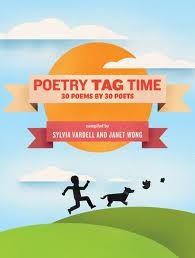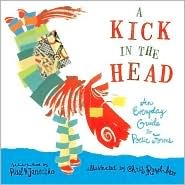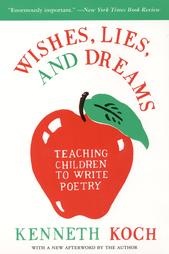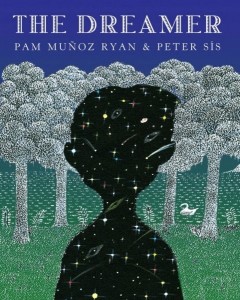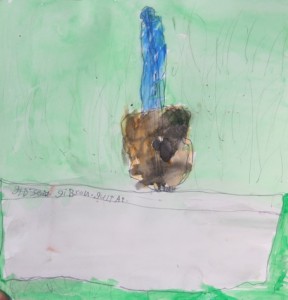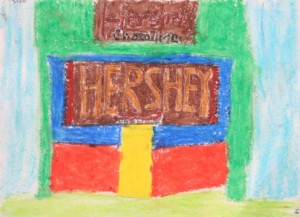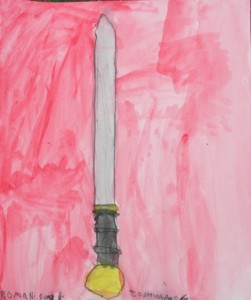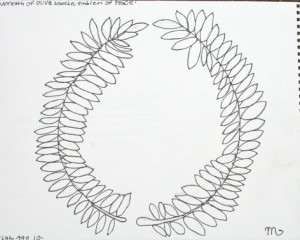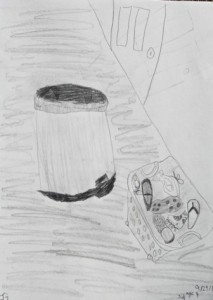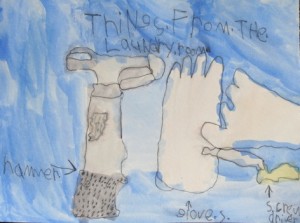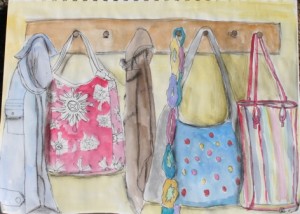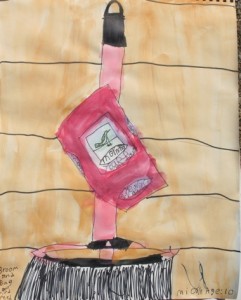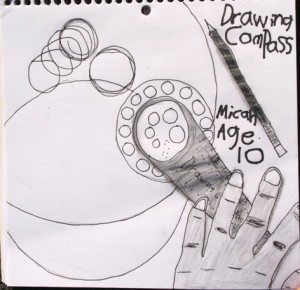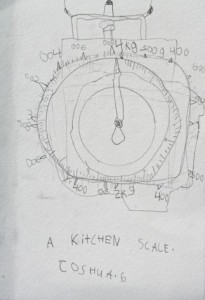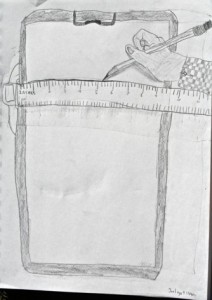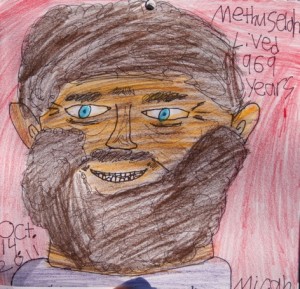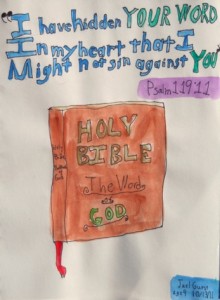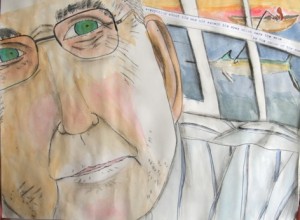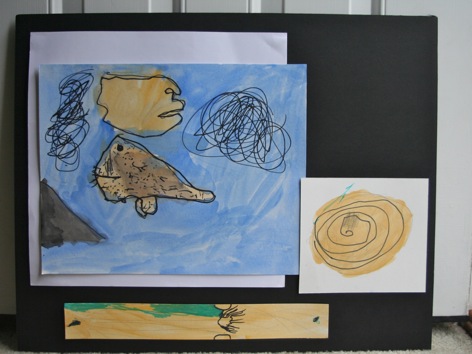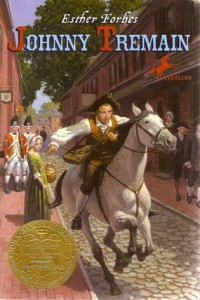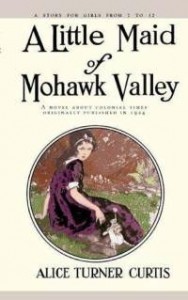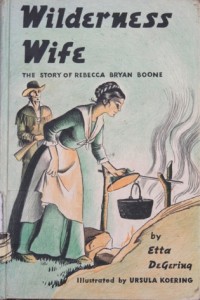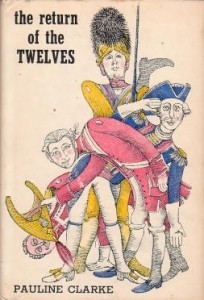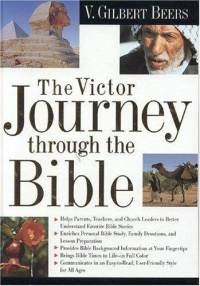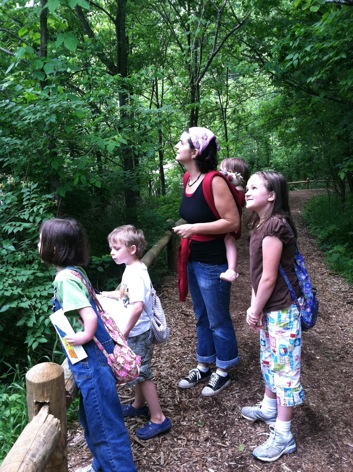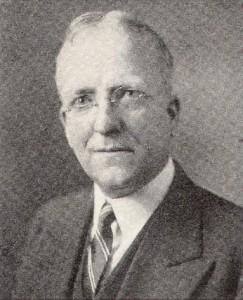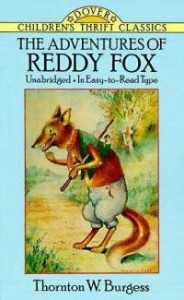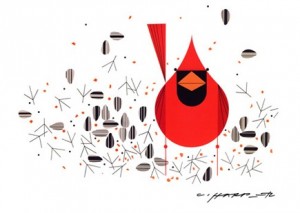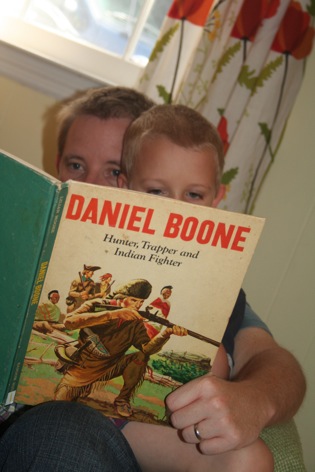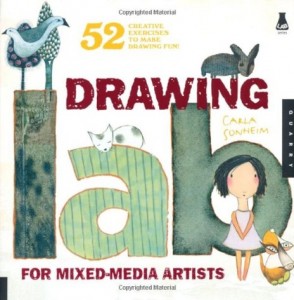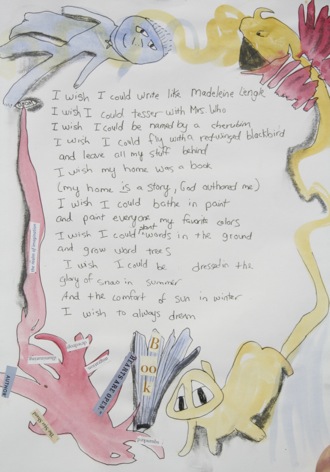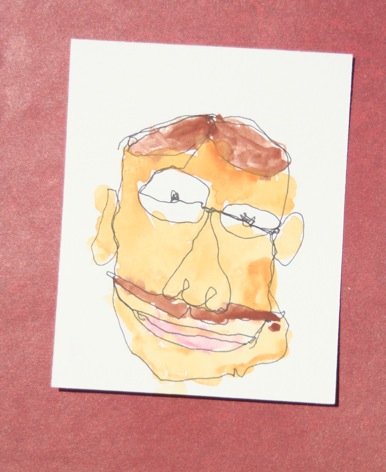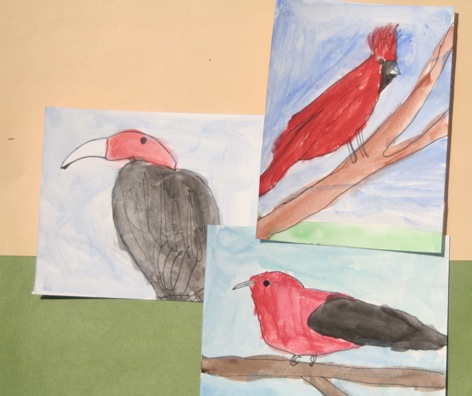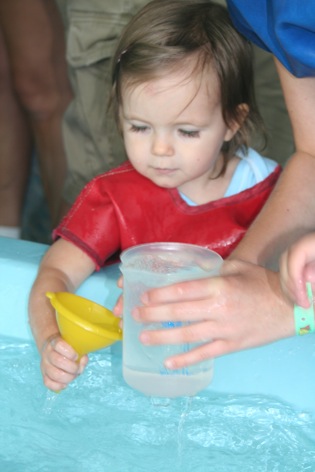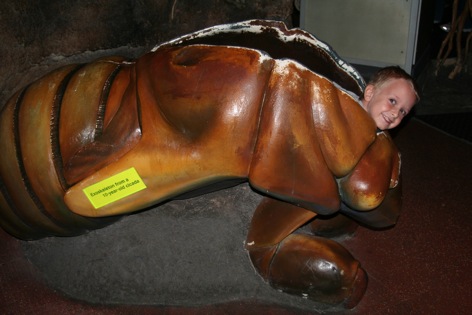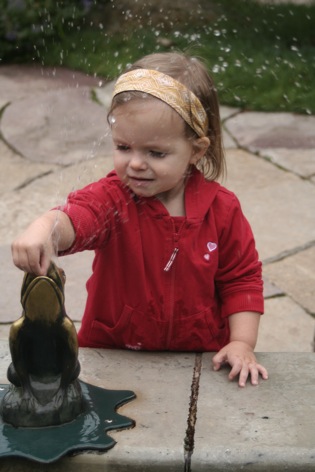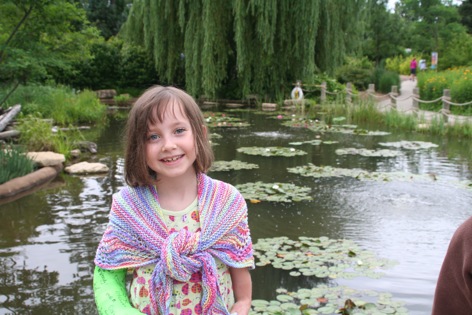Resources for Teaching Poetry
Last year we really enjoyed our exploration of poetry. Â We tried out several poetic forms, read and copied favorite poems, and our 9 year old even won the local NPT story and illustrators contest for her collection of original poems. Â You can see a video of her art and poems here (she’s number 2 on the video list, “Jael”).
Although we often keep a tradition of “poetry tea time” that is popular amongst homeschoolers, we’re looking forward to once again delving deeper for the next six weeks.
One outward motivation is the River of Words Poetry and Art Contest which all of the kids would like to enter this year.
Here are some of the resources that already have me feeling inspired and we haven’t even started yet:
At the River of Words website you can download a poetry lesson guide for free. Â The guide suggests using a compilation of art and poetry they’ve published called River of Words: Young Poets and Artists on the Nature of Things. Â It’s twenty-one dollars on the website but I found it used on Amazon for only a few dollars.
Poetry Tag Time is a compilation of great poetry for children. Â The collection begins with a poem by Jack Prelutsky and then he “tagged” the next poet and she submitted a poem that was related/inspired by Prelutsky’s poem and so on as each poet tagged the next. Â Thirty poems in all are included and there are short explanations between poems as to how they’re related. Â If this doesn’t make sense (it didn’t to me right away), just go ahead and take a look.
The book is only published for use on Kindle and such, but I was able to download a free app to view it on my computer instead. I purchased this resource for a grand total of 2.99 on Amazon (no shipping of course since it’s digital). If you go to the Poetry Tag Time Blog, you will find suggested activities for each of the poems. Â This resource is going to help our poetry time stay accessible to our six year old. The same women that compiled Poetry Tagtime, also compiled a similar resource for teens called Poetry P*Tag.
A Kick in the Head, edited by Paul B. Janeczko, is an introduction to the main poetic forms, from haiku to cinquain and sonnet, to many other forms I’d never heard of before!  Each page contains a poem along with more information about the form in small print on the page and an illustration by Chris Raschka. Janeczko has many poetry books worth looking at, but I highly recommend his other two books in this series,  A Poke in the I and Foot in the Mouth.
Wishes, lies, and Dreams: Teaching Children to Write Poetry by Kenneth Koch has some interesting and simple ideas. Â At the end of last year, we wrote “I wish” poems and they revealed the unique hearts of each of us.
Awakening the Heart: Exploring Poetry in Elementary and Middle School by Georgia Heard is the best book I own on teaching poetry. Â It takes us beyond “just copy the form” to teaching the kids about expressing their heart, experiences, and reactions to the world through verse. Â Filled with exercises, poetry stations, editing suggestions, it was worth the full price that I paid on Amazon (I think there are used copies available now).
The Dreamer by Pam Munoz Ryan is a story based on the childhood of poet Pablo Neruda. Â It’s a magical novel about words, dreaming, and following your passion.
Websites:
Poetry for Children, a blog by one of the creators of Poetry Tag Time, regularly posts new poetry books and novels written in verse. Â Many of her posts on poetry books include suggested activities to go along with the book.
Poetry at Play includes a Weekly Poet highlight, interviews, and articles on the world of poetry.
Notebooking Fairy, Jimmie’s other blog, has several free poetry notebooking pages. Â As a note, Jimmie’s collage is hosting 10 days of Language Arts, go check it out. In two more days, poetry will be the focus of her blog post.
Practical Pages inspires me in many ways, but one area is how her family “plays” with Poetry. Â Check her out-you’ll be hooked.
Find a source for nature poetry on this post.
Do you have any favorite poets you’ve studied in your home or other resources that have helped your poetry exploration?
Artists At Work
Recently our kids had the chance to participate in a community project with the city’s art museum. Â We spent two weeks exploring our heritage and then they chose stories and traditions from our family background, Â then they picked their mediums(each chose a completely different medium) and created their artwork. Â For one month their artwork hangs around the corner from Renaissance master works and one level above an Ancient Egyptian Mummy. Â What a privilege! And I hope it leaves a lasting impression.
This year we’ve included in our art studies the regular practice of Sketch Tuesday. Â If you haven’t heard of Sketch Tuesday, it’s hosted by Barbara at Harmony Arts Mom. Â Each week she announces a weekly art theme and then posts a slideshow of all the work submitted the following week. (Thanks Barbara.)
I think we tried this a few years ago and it just didn’t work for us during that particular season. Â Even getting the pictures taken and sent by email became a forgotten task and then a source of guilt for the forgetting! (It helps to have an almost eleven year old who can take the pictures.)
This season, it’s been a perfect fit. Â I love that it’s an independent learning activity. Â The kids read the theme, decide on an idea, pick their medium, and get to work. Â I enjoy not giving them instruction or direction as a change of pace. Â The regular act of sketching practice, in addition to our other art studies, is certainly improving their skills. Â It encourages the teacher in me when I see them incorporating skills we study on other days, such as values and shading, in their work for Sketch Tuesday. And my six year old, who often said he didn’t like drawing, loves to see his work on the slideshow each week. Â This last week he worked for forty-five minutes, completely engaged and with diligence.
Here’s a sample of their work thus far, presented by theme.
Something Made in America
Drummer Boy, 6
Jellybean, 9
Mookie, 10
Something from Ancient Rome
Drummer Boy
Jellybean
Mookie
Something from the Laundry Room
Jellybean
Mama
Mookie
Something to Measure With
Mookie
Drummer Boy
Jellybean
Something that lives a Long Time
Mookie
Drummer Boy
Jellybean
Mama
Art Lesson: Draw the Parts, Create the Whole
We’re currently working through Artistic Pursuits, Book 1 for k-3. Â It’s a repeat for us as we go back through it to give my six year old the basics and arm him with projects in which he feels successful. He’s not always left with that feeling when we do projects that are on the level of his older sisters.
A few weeks ago the assignment was to draw from a photograph.  Because I can’t seem to leave any assignment exactly the way it’s written, I extended the lesson with an idea from The Artistic Woman.
First, the kids picked an animal photograph from the book selection on the table.
Next they sketched the full animal onto a sheet of watercolor paper with pencil (our paper was a little larger than 8 x 10-you want this paper to be larger than the other elements, as seen below).
After completing the full animal in pencil, I handed them 3 or 4 odd shaped smaller size pieces of watercolor paper. Â Picking features from the animal, they drew close-up images of eyes, ears, nose, claws, etc.
We stored their work until the following week.
During the next art time we pulled out all of the pieces and they traced their pencil lines with black sharpie. Â They erased their pencil lines and filled in their pictures with watercolor.
The next time I sketch or draw with with my children I’ll encourage them to remember this assignment and notice how the details of the parts make up the whole.

Beaver
by Jellybean, Age 9
Bushbaby
Mookie, Age 10
Manatee
Drummer Boy, Age 6
I think this assignment would also work well with other aspects of nature such as a tree or flowers, we’ll probably pull the idea out again in the spring.
Note:Â You may want to break this lesson into several smaller lessons, as opposed to just two. Â We put on some music or a book on tape and enjoyed some pleasant work time, but it still took a while, so pay attention to your children and their cues.
Art Resources We Enjoy:
On the Bright Side: A Few Good Reads
It’s one of those weeks when the best laid plans have been made, but there’s a cry or wail and a sour face at almost every turn.
So here’s a whole post full of complaints….
Wait a second, I already know this homeschool path is lined with little stones that trip me up and some big ole’ rocks that causes  a full-tilt, ungraceful stumble.  At the same time that I’m falling to my knees, I’m  finding plenty of treasures along the trail.
So instead of a list of our challenges this week, here’s a list of the books that have brought us together.
Johnny Tremain Esther Forbes
We have about three weeks left in our journey through the Revolutionary War, led by TruthQuest’s American History for Young People (Year 1) as our guide. Â To much anticipation, we began Johnny Tremain this week. Â Right away his saucy, prideful character grabbed the kids attention and they all grinned nervously as the author foreshadowed that “pride cometh before the fall”. Â I didn’t read this book as a child and what a gem! Â When I first read it to myself last year I asked a friend, just like a child, “Is he a real person?” Unfortunately he’s not, but he’ll live in our imaginations for the rest of the week.
The Little Maid Series by Alice Turner Curtis
I stumbled upon the Little Maid of Mohawk Valley, a nice hard-bound, slightly-tattered edition and then realized from looking through our TruthQuest guide, this is an entire series based on actual events of young girls who played a role in history during the Colonial period. Â I can’t speak to the entire series yet, but the one we read was full of spunky girl adventure and detailed, historical background to boot. Â There is an edition of this series that includes a paper doll and dress attached to the cover flaps. Â What a great gift for a girl. Â We’ll be reading The Little Maid of Ticonderoga next.
Wilderness Wife by Etta DeGering
Have you ever thought of what it was like to be the wife of Daniel Boone, the great wilderness man of the late 1700’s? Â She bore him ten children, spent large chunks of time raising thier family while he was off making new roads, and had several children killed or kidnapped by the Native Americans. Â But still she told him to go, sensing his need to explore and be free. Â My 8 year old is reading this for a report on Boone’s family and she can’t put it down once her school time is over.
The Return of the Twelves by Pauline Clark
A treasure I found at the thriftstore, this is story inspired by the actual soldiers played with by the Bronte Family. As young children they wrote a history for their toy soldiers and published it. Â This author took the soldiers and their history and brought them to live in an attic and be discovered by a English boy one hundred years later. Â Only Max knows the secret, that these soldiers are actually alive. Â Very adventurous, a good read aloud (or independent reading) for a boy especially. Â This book has a similar spirit of The Indian and the Cupboard (different armor, similar idea that toys have a secret life), but this book was written first. Â I also found a picture book, entitled The Brontes by Catherine Brighton, at the used book store, that highlights the childhood of the children, including the wooden soldiers.
A Journey through the Bible by David C Cook
I picked this up at a curriculum sale last spring. Â It gives historical and geographical information that correlates to the main stories of the Bible, includes diagrams and photographs. Â We started The Story Bible by Catherine Vos again, and this has been a good companion, a way to support the events of the Bible as real history, not just a bedtime story.
Can I hear a hurrah for thrift stores and used book stores? Hurrah!
A Booklist: First Chapter Books to Experience Together
Books have always been a portal.
Open one and climb through to something bigger. Â I’ve been finding those passageways since I was a kid. Â I found the Narnia Books, Madeliene L’engle, Judy Blume, and-well, truthfully I didn’t find the best storytellers beyond a handful of gems. There was The Babysitter’s Club series, which encouraged my already young boy crazy brain. Then there were the Daniel Steele books that started in 6th grade. Â I’ll let you fill in the places my young heart was traveling to in those books! Â Thankfully, it was L’engle, Lewis, and later Bronte that I never discarded.
When we entered the Land of Homeschool, lists of great books fell into my hands and our family began entering our own portals.
There are a generation of moms at the moment that are just glad their kids are reading. Â It doesn’t matter if the material is too mature, or simply poorly written and mass-produced for a quick money-making series. Â “No, I haven’t read those books, I’m just glad he’s reading.”
But great writing gives our children the appetite for more of it. Â It’s also the number one way I see my children’s spelling and grammar improve. I don’t claim that all of the books I’ve listed here are the best literature, some of just full of imagination and have inspired our family to laugh and dream.
If it’s at all possible, read these books out loud. Â They’ll become shared memories, like family vacations to remember from childhood. Â A reluctant reader might be a very attentive listener, even if it’s just because he gets the full attention of his mama or dad. Â We read at the table often, it seems someone is always putting a book next to me before I even get a bite of food.
This list is to tempt the five to 7 year old (or any age that has yet to fall in love with books) into a world made bigger and more colorful through the doorway of a book.
Introducing Chapter Books
The Lion, the Witch and the Wardrobe (and the other books in the series, though maybe not all at age 4 or 5 when we start the first book)
Little House on the Prairie Series
Five Children and It by E. Nesbit
*The Indian and Cupboard by Lynne Reid Banks
Caddie Woodlawn by Carol Brink
Where the Red Fern Grows by Wilson Rawls ( the first chapter book our then five year old son finally begged for another chapter instead of groaning each time he saw our read aloud)
Mrs. Piggle Wiggle Series
My Father’s Dragon by Betty MacDonald
The Adventures of Buster Bear (and all the many other animal stories by Thornton Burgess)
Peter Pan by J.M. Barrie (very wittily written, precludes the animated Disney Version)
Homer Price by Robert McKloskey
Charlotte’s Web by E.B. White
Jenny and the Cat Club Esther Averill
B is For Betsy and other books by Carolyn Haywood
Betsy and Tacy series by Maud Lovelace
Mr. Popper’s Penguins by Richard Atwater
The Mouse and the Motorcycle by Beverly Cleary ( she has many others, her stories are endearing, though they were not always my favorite to read aloud)
*Charlie and the Chocolate Factory by Roald Dahl
The Saturdays by Elizabeth Enright (and other books by Enright)
The Cricket in Times Square by Garth Williams
The Wonderful Wizard of Oz by Frank L Baum
James Herriot’s Treasury for Children
The Sign of the Beaver by Elizabeth George Speare
Benjamin West and His Cat Grimalkin by Marguerite Henry (and other books by Henry)
In Grandma’s Attic by Arleta Richardson
*Note: These particular books contain what our family calls “foolish speech”, so we adjust as we read out loud.
Did I leave out some of your favorites? Please share them in the comments so I can keep my bookshelves always overflowing!
The Messy School Plan
I’m joining with some other homeschool moms to share a confession about real homeschool life. It’s not always like we plan for in our heads,full of projects and organized school time….
I sit down beside my Dad, letting my bag of school books settle on the floor beside my seat.
It’s not one of his good days. Â Actually he hasn’t had what I would call a good day in a very long time.
I lean forward and look into his eyes. Â “Hi, Dad.”
He stares back at me but doesn’t say anything.
“I love you Dad. Â I’ve missed you, it’s really good to see you.”
He continues to stare at me, eyes the color of the turbulent green sea.
I talk to him about deep sea fishing, the book I just read, the kids trip to florida. But my one-sided conversation can’t sustain itself forever, so I get out the computer and show him pictures of the kids. The cloudy eyes stare and he moves his hand to tap the computer.
I settle back in the chair and get out my school books.
Planning school is challenging, often overwhelming at the beginning of the year. Â But there’s another side, too. Â When the schedule, book lists, and ideas gather into a nice tidy braid, it’s very satisfying, not at all like what I’m doing with my Dad. Â I can control what we do, I can see the outcome, I can make lists of what we’ll accomplish in convincing black and white. School planning seems very alluring, a way to distance myself a bit from the darker waters in my heart.
I open my brand-new, crisp planner, blank with possibilties. Â But other, not so tidy thoughts, interrupt.
My Dad’s presence, the tubes and the small shared room press me and I can’t help but realize I’m trying to look at my Dad’s stuggle and our homeschooling journey as if they’re on two seperate pieces of paper. Â But that’s not the truth of our life or even my goal, for that matter.
After six years, homeschooling is no longer defined as the portion of our day assigned to academic study.  It’s seeped into the ebb and flow.  We read about history  and science to know the God who made the world and us.  We learn when the baby is sleeping or when we’re all schlepping around a big lake.  We study art together, but we also do art when we feel like doing it. Learning follows us when we’re in our school room or out of it, and the tide and waves shift when we’re having a baby or when my Dad’s in the hospital for four months.
The learning within our home and family  feels very connected to our actual world, not a school world before “real life” begins.
It’s taken time to get here.
But still I forget.
And then I remember where I’m sitting and who I’m sitting next too with my bag full of what we need to learn.
And then I remind myself. Again.
What’s happening with my Dad is part of  what we’re learning.
It’s a messy part that doesn’t look great in my planner. Â But I’m trying to grow kids who are engaged in a world bigger than themselves, and with a God bigger than my own well-typed plans.
It was two school years ago that my Dad went into the hospital for four months. Â As his only family in the same town, Â we needed to be there for him in some way every day. Â School flowed, trickled, and reached a full stop. Â I worried about what the neighbors would think when they saw the kids outside in the middle of the day. Â I worried about our families and whether they would accuse us of neglecting our children’s education. Â But mostly I longed for us to live in a different era.
I thought of a time when families took care of the stuff of life first-planting, sowing, baking, caring for aging family, and the academic studies came along when the plants weren’t growing or when mom wasn’t busy making the meal for the day.
Last year a friend called and reminded me, “They will look back and remember that you cared for your Dad when he needed it.”
What does this really mean for me, books in one hand, the slow end of life happening on the other? Â It means we might hear difficult news this week about my Dad. Â I might not have a year long plan fully conceived with a lovely table set for the first day, a special breakfast, and a freshly painted schoolroom (I really want that new paint). Â It means I have to be careful about not taking refuge from what’s really happening inside the very predictable and safe world of planning. Â I might have to accept messy planning that happens throughout the year instead of now (if I were really honest, all of my before school planning just makes me feel good, I never adhere to any of the schedules I make anyway).
We need to start where we already are in our lives and see how our formal learning can ebb and flow with the plans the Lord has already put into place. Â Or we might miss the best lessons, which are the ones not planned by me.
Like all things I’ve learned on this journey, I’m going to need to tell myself again and again.
To read other personal stories of homeschool moms, head over to Sunflower House to see a full list of blog posts.
Writing Beyond the Rules-Thornton Burgess
I hope you’ve already read some of this author’s work. Â If not, let me introduce you to a new friend who will bring nature into your home through stories. Â Thornton Burgess is known in a lot of homeschool circles, most often for his books The Burgess Book of Birds, The Burgess Book of Animals, and the Burgess Book of the Seashore. Â Though my eight year old most enjoys his thin chapter books such The Adventures of Reddy Fox.
For my own enjoyment I’ve been reading his autobiography, Now I Remember. I plan on marking some passages to read aloud to the kids this year, a bit of an author study as we read the Burgess Book of Animals to compliment our animal study this year.
The passage I want to share with you is less about nature, and more about his writing process.
“Do I make an outline? As I’ve already stated, I do not…
In school I was taught that in writing a story I should first make an outline, a plan or a plot, developing this as I went along. Â A good story must have a good plot preceding the writing of it. Â I agree with this all but the “preceding”. Â When I write a story it has a plot, afterward, not before. Â Of course I am wrong, but I am right-for me…
I gather that to the average writer a good preliminary plot is what a blueprint is to a builder or engineer. Â To me it is but a stumbling block. Â It gets in my way….
One of my greatest disappointments in life was to forego a college education. Â With my mother depending on me I had to go to work instead of college. Â Now, looking back, I can see that had a gone to college I might have fallen under the influence of professors who would have changed my whole train of thought, leading me to conform to their accepted and unquestionably correct rules governing self-expresssion and good writing. Â Thus might have been destroyed, or been sidetracked, such originality as I possess. Â As it was I was forced to work out my own salvation in a way. Â In doing so I developed a style peculiarly my own.”
(chapter 24, Now I Remember)
His thoughts spur on my efforts to release the voice of my children through the written word. Â I don’t have the way fully realized, but I don’t think I’m going to find it in a packaged Language Arts or Writing Curriculum-even though those clear steps seem so satisfying. Â If I hold off on workbooks and mechanics, and instead I remain in this place of discovery, a little bit of uncertainty (Burgess didn’t know how his story would end), I’m hoping they’ll end up as writers who write to communicate, rules optional.
So my plan? Â We’ll write. Â Often. Â It’s the same idea if you want to learn to draw-sketch everyday. Â Most people can learn to follow five steps to draw a proper bird, but not everyone will discover his or her own style:
100 Faces: A Summer Goal
It’s true I just posted something not too long ago about being a relaxed, non-homeschooling mama over the summer. But even as I wrote it I knew that too many days in our house  + our number of children(4)  + their ages (2, 6, 8, 10) + no goals for the day would = a dead end of bickering.
And so it has.
Introducing the first goal imported into our summer: 100 Faces.
Toward the end of the school year I happened across an art book that got my creative energy whizzing. I tucked the excitement away until summer.
Drawing Lab: 52 Creative Exercises to Make Drawing Fun is a goldmine of art projects which require pretty basic art supplies and a willingness to get loose. Â Most of the exercises are designed to break the artist out of rigid perfectionism and just, well, in some cases scribble. But scribble with a goal!
For example, the first exercise in the book is “Drawing Cats in Bed” and you literally get cozy in your bed and start drawing cats. Â There are ideas for drawing from clay, creating from ink blots, and using the cracks in the sidewalk to find the shape of your drawing.
If all that sounds too abstract or vague-it’s not. Â Each project has clear guidelines. Â I’m telling you, check this book out.
Before I get to the summer goal, here’s an example of another project inspired from this book (completed before school ended). Â We wrote poems about dreams and decorated with journal page with the exercise on page 30 in Drawing Lab. Â First you paint various blobs and lines with three colors and then you look for shapes within the colors and trace them with a fine tip permanent marker. The style fit well with the dream theme.
I have one particular child (the 8 year old, nickname Jellyfish) who loves to draw and loves to draw perfectly, the first time. She even believes that her first drawing of a particular subject will always be her best drawing so she does not like to sketch roughly or do exercises that don’t get to the final product. I thought of her immediately when I looked at the projects in this book.
After a a little Groupon shopping spree at the art store I flipped open the book to see how we could begin. And I found the challenge on page 50.
Create one hundred faces by the end of the summer. I added in the “by the end of the summer” and I also told them that was my goal but they didn’t have to do it-it’s summer, it’s not an assignment.

They all decided to do it. So we cut our fresh, crisp watercolor paper into the recommended 4 x 5 inch rectangles. And I flipped to page 36 to give us a start on our first face.
“Wrong-handed portraits” are exactly how they sound in the title. With a fine point black permanent marker, using your non-dominant hand, draw the face of someone in the same room. Spend more time looking at the person than the lines on the paper.
I chose to do this project first in honor of Jellyfish, because she has a cast on her dominant hand. So we matched her and all used our wrong hand.
Note: Jellyfish mostly wanted to draw people from her head during these projects, not people from her actual life. Â I said sure (it’s summer, no big mama-teacher rules).
Jellyfish Draws her Brother
Mookie Draws her Dad
After Wrong-handed portraits, we moved on to Modigliani style, page 64. (Jellyfish, of course, made wrong-handed Modigliani portraits).
Mookie Draws the Woman from the Post Office
And the final style for the day was One Liner Portraits, page 56. Without lifting our pen from the paper, we completed a portrait from life or photograph (or an 8 year old’s imagination).
Jellyfish Draws the Guy in her Head
Mookie Draws her Grandad
Note: I didn’t watch our six year old at all. Â I let him go and just do what he wanted to, because sometimes it’s hard for him to track along with our art projects and he gets frustrated. Â If he was creating happily and freely, I was happy.
In our future I see “At the coffee shop” portraits, Eyedropper faces, Collaboration Portraits and More.
Because we’re still really excited about the vast variations of beauty in birds, we decided, why not alternate the faces with birds and do 50 birds/50 faces? Â Our 10 ten year old got started.
Drawing Lab is not written specifically for children, but it’s evident from our first attempts that the projects are adaptable. Do be careful with your youngers not to give them challenges way beyond their comprehension or it might lead to frustration and  a refusal to do art. My 6 year old didn’t like the assignment I mentioned above with the splotches of paint that we used with our dream poems-the idea of finding images to trace inside the color was too abstract for him.
Six year old Drummer Boy draws Happily and Freely
Learning Near a Big City
I grew up in a city but my heart belonged to the beach on the edge of the city.
I moved to another city for college and another city for marriage and it’s no New York, but it’s a great city and we love it.
One of our favorite questions to ask each other is “Do you want to live in the city or the country?”
None of us can answer with a distinct yes or no.
I love the idea of wide open spaces for my children to roam, of a slower life, of a closer relationship with nature.
I also love my library, my coffee shop, a short drive to the grocery store, and a life without wildlife that gets too friendly.
No matter how we might answer the question in the hypothetical, our trip to Chicago this past week had me mentally planning school as if all of the great places we visited were just around the corner.
First we visited Oak Park, and took a walk around the neighborhood, picking out our “new” house. Â A lot of the houses looked prime for secret crawl spaces and hidden rooms. Â The neighborhood is also home to the studio of Frank Lloyd Wright and many houses designed by him can be found nearby. Â We dragged our hot and sweaty selves into our friend’s favorite bookstore. Â I’ve always dreamed of walking from our house to a coffee shop, park, and library. Â (That’s one point for the city side of the question).
For the rest of the week we parked ourselves in Batavia, an hour out of Chicago and surrounded by great little towns and more than we could do in our short time (add 4 kids and two tired parents).
We were all impressed with the Dupage Children’s Museum. Â If you’ve been to a children’s museum, you tasted a piece of this three story exploratorium. Â Famous art lined the walls with correalating activities in color, sound, and structure. Â In my head I planned our return trips. Â First we’d study color and shadows and head back to that section next time. Â Then we’d study construction, a unit on wood and tools and head back to the construction exhibit. Â Then we’d come back and just explore the section with giant tools to build marble runs. If we lived there.
The next day we took the train to the Field Museum.
The Museum blew us all away and we didn’t even get to see two of the exhibits because there is so much to see. Oh my, the Underground Adventure where you get to see what’s under the soil as if you’re the size of an ant. Our six year old still sincerely believes he was shrunk to half and inch for thirty minutes of his life!
The egyptians, the native americans, the dinosaurs, the animals, oh my.
My favorite area was the section on North American Birds. Â Every single bird was represented. Birds we had only read about and now we got to examine them up close. Â I wanted to get sketch books and come back-every week! Â If we lived there.
And finally we visited the Aboretium. Â If you’re familiar with Nashville, this was like Cheekwood hiked up three levels. Â An amazing children’s section designed to get kids close to nature. Â A garden maze, and miles of trails. Â My friend asked me, “If you were a member here, how many times would you visit in the year?” Â Twice a month, or even better yet, once a week and that would be school for the day.
We’re not pulling up roots and moving out of Nashville, but I do wish we could pull up Nashville and move it atleast four hours closer to Chicago.
